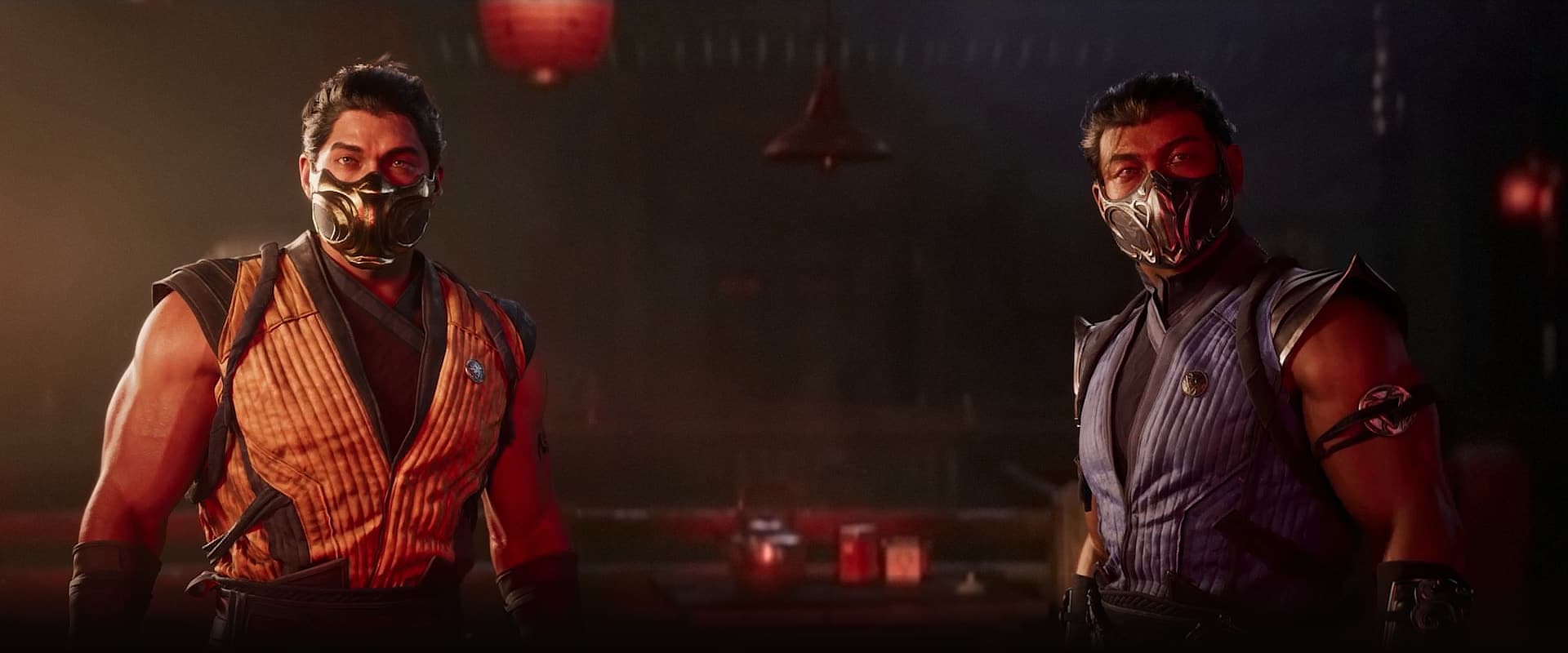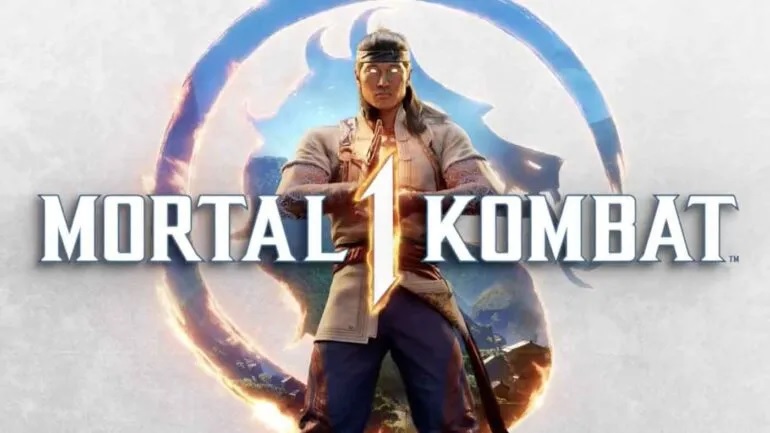Everyone has a Guy. I don’t mean that in a platonic or romantic sense; franchises today are fixated on creating as many Guys as possible, so people can point at one of them on screen and loudly exclaim to their peers “That’s my Guy!” While comics first brought the idea of The Guy to the masses, Mortal Kombat refined it, calcified it in the collective unconscious: are you yellow ninja Guy, or blue ninja Guy? No, definitely red ninja Guy.
Mortal Kombat 1, the latest entry in the blood-spattered fighter franchise, firmly prescribes to the philosophy of The Guy. And while it would be easy for developer NetherRealm to lose focus—to become obsessed with the marginalia as so many long-standing franchises tend to—Mortal Kombat 1 manages to keep its head above the turbulent fanboy waters it finds itself afloat in.
Despite the title of the game hinting at a sort of restart, Mortal Kombat 1 is a direct sequel to 2019’s Mortal Kombat 11. Fire lord Liu Kang has reset the universe’s timeline, recasting major heroes and villains in different roles in the hopes of keeping larger evils from spiralling out of control. Suffice it to say that not everything goes as Liu Kang planned, and some multi-timeline shenanigans ensues. While the plot can get a little convoluted, it never slows the story down. Indeed, much of Mortal Kombat 1’s campaign feels like a hyper gory Saturday morning cartoon, as the cast of loveable fighters stumble from one battle to the next.

While it is cool to see some of the original cast given more screen-time or completely reimagined (Baraka and Mileena, for example), the game also has some absolute D-listers from Mortal Kombat’s darker years (I’m looking at your Havik and Reiko). Thankfully, these characters have been given a bit of a glow-up, each one imbued with personality and gameplay quirks that make them a joy to play. Sure, it’s a bummer to see long-standing characters like Sonya relegated to Kameos, but the new and returning characters allow for enough mechanical expression to fill their roles. Unfortunately, nothing can save the game from Megan Fox’s portrayal of vampire lord Nitara, which has to be some of the worst voice-over work I’ve ever had the displeasure of hearing. Thankfully, her time in the game is short.
But the Kameos are where Mortal Kombat 1 really differentiates itself. During a match you can hit the Kameo button and a directional input to have your partner jump in and throw a fireball or a multi-string combo. While the system isn’t as free-form as something like Marvel vs. Capcom (bringing out a Kameo fighter often means locking your main character in place), there’s enough there for even the most fresh-faced of fighting game fans to find a bread-and-butter combo to bite into.
Mortal Kombat 1’s core systems have also been pared back from its predecessor, effectively lowering the floor on difficulty. Defensive and offensive resources have been collapsed back into a single meter. What this means is that both breakers (cancelling out of hit-stun during an opponent’s combo) and EX-moves (specials modified to do more damage or more hits) pull from the same resource. It eases up the pace of combat, as fights more regularly reset back to neutral, rather than the tit-for-tat multi-hit juggle combos that punctuated much of Mortal Kombat 11.
Aside from the story campaign and online modes (of which MK1 has very solid net-code for), the newest generation of Mortal Kombat games are often known for their supplemental single player experiences—most famously, the Krypt. In its later instalments, the Krypt doubled as a meta-progression draped over the entire game, where players could unlock new skins, colour palettes, and fatalities. That’s largely been replaced in Mortal Kombat 1 with Invasions.

Invasions are seasonal content where players progress across a game board and engage in standard Mortal Kombat fights. Those fights are made more interesting through tweaks and modifiers, and then given even more depth through character progression. As you win fights and move across the board you’ll level up your chosen character, distributing stat points and equipping them with elemental amulets and other magical items. The mode is a pretty enjoyable way of just jumping in and banging out some quick and interesting fights, but for extended periods it can wear a bit thin, as similar fighters and modifiers start appearing with greater frequency. The mode can also instil some bad habits, as combo damage and HP values are different from the main game, meaning it’s not a great way to translate your skills over to ranked matchmaking. It can also take some of the squeamish joy out of the fatalities, as you’ll be hammering them out again and again just to secure the small XP bonus you get by capping off a fight with them.
Compared to something like Street Fighter 6, Mortal Kombat 1 isn’t a re-invention of the wheel—but given the consistent quality of the series’ recent releases, it doesn’t have to be. While it would have been possible for NetherRealm to re-tread the same murky water that the franchise did at the turn of the millennium, they’ve managed to deftly navigate the turbulent currents of fan expectation and generational legacy that such a long-standing legacy imposes. With solid fighting fundamentals and enough single-player content to happily gnaw on, Mortal Kombat 1 is a bloody good time.
Klassic Kombat for a new era, with some modern trappings to boot.


1 Comment
Pingback: Mortal Kombat 1 has released a gameplay trailer for Ermac - Yeah Nah Gaming